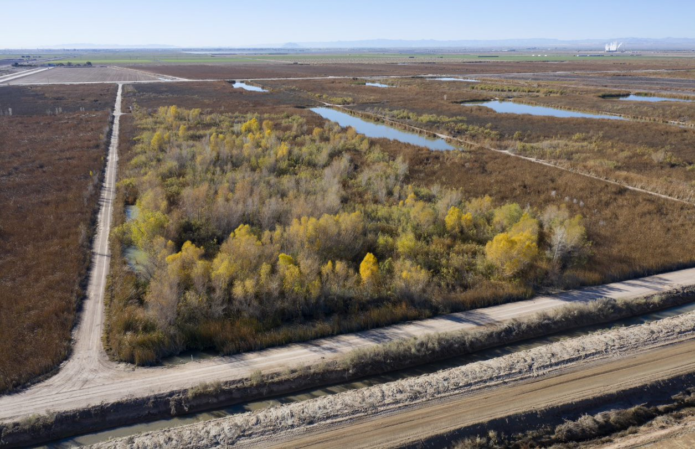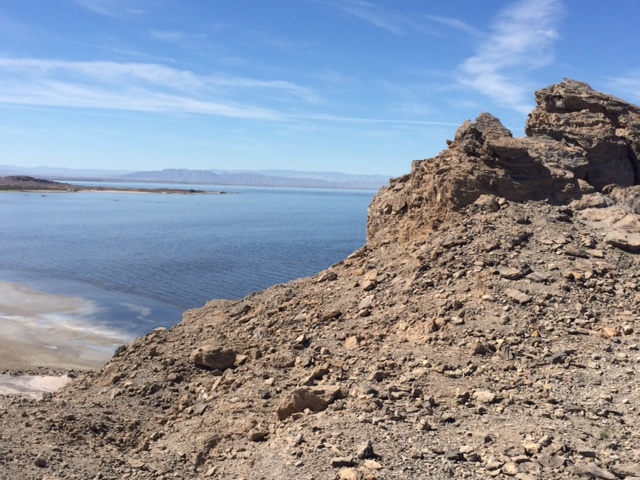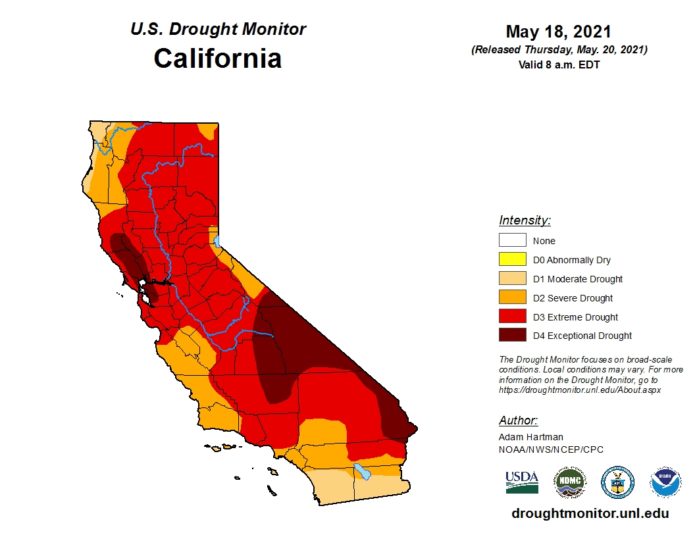Pictured is the Managed Marsh, a key environmental mitigation project in the Imperial Valley funded by the the Quantification Settlement Agreement Joint Powers Authority. Phase three of the project, the final stage of construction, will soon be complete. This image is from the San Diego County Water Authority’s archives.
Nine thousand trees.
That’s how many (primarily) willows are being planted in the final construction phase of the Managed Marsh, a nearly 1,000-acre marsh habitat off Highway 111 between the city of Calipatria and the community of Niland in northern Imperial County. Funded by the Quantification Settlement Agreement Joint Powers Authority (QSA JPA), the habitat, located close to the Salton Sea, is a key environmental mitigation project to serve the needs of wildlife that depend on area surface drains in the Imperial Valley. With the planting of the 9,000 trees now underway, the Managed Marsh will be completed by Read More


